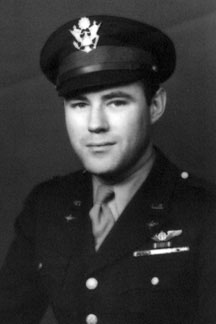
Symphonic Suite
Czech Philharmonic recording now available on Amazon
Allegro Tranquillo I. Allegro Tranquillo, Allegro Vivace - Duration: 6:25
Adagio (Elegy) II. Adagio (Elegy) - Duration: 4:33
Moderato, Allegro Vivace III. Moderato, Allegro Vivace - Duration: 5:23
Recorded November 11, 2003, by the Greeley Philharmonic Orchestra, Howard Skinner conducting, at Greeley, Colorado.
sheet music available from
J.W.Pepper and
SheetMusicPlus.
Work on the first movement of the Symphonic Suite was started in the summer of 1946, after Dykins returned to the College of Music of Cincinnati following more than four years of military service.
"The effort exhausted me emotionally and physically but the only person who saw this was my best friend, Walter Heerman, first cellist of the Cincinnati Symphony. He insisted that I spend the summer at his cabin in Michigan and I used that time for hiking, swimming and rowing a boat I rented. It was a reviving and wholesome experience and that is what the first movement is about.
"The second movement is also a product of that summer — of the dark and silent nights when I remembered friends I had lost as a bombardier in World War II.
"The third movement recalls the ambiguous feelings we all had after a particularly disastrous bombing mission. We knew we should be grieving for friends we had lost but the exultation over survival took control and the scene in the mess hall, where we had our first meal in ten hours, was like a wild New Year's Eve party. The fact that we were offered two ounces of whiskey upon entering the hall certainly contributed to the revelry. Not many of us turned down the offer.
"Walking back to my quonset hut I felt ashamed of my insensitivity but eventually the joy of being alive could not be surpressed.
"The third movement opens with the mournful song of the turtle dove which I heard constantly while composing this music at my home in southern Indiana. Greatly expanded and sped up this melody becomes the first theme of the movement.
"Next a somewhat melancholy theme is heard and this is distorted and quickened to depict the scene in the mess hall. The music grows in intensity, more agitated than happy, until it collapses into silence. A quotation from the elegy brings back the second theme in the serious vein in which it was originally introduced.
"The first theme returns with its nervous energy but the flippant version of the second theme is not heard again. Instead a coda is introduced which recalls much of the music of the previous movements in an attempt to tie the loose ends together and achieve a kind of reconciliation."